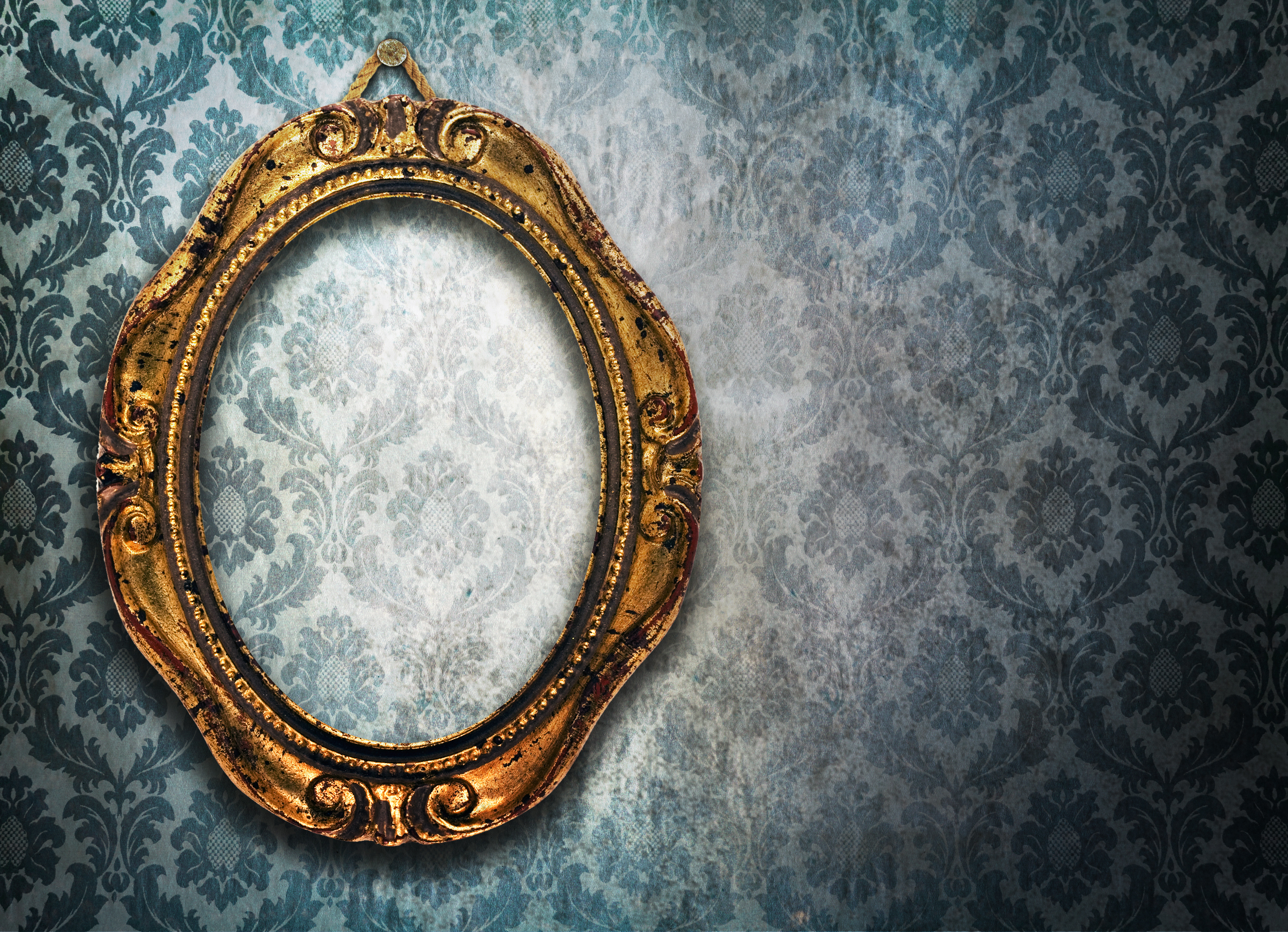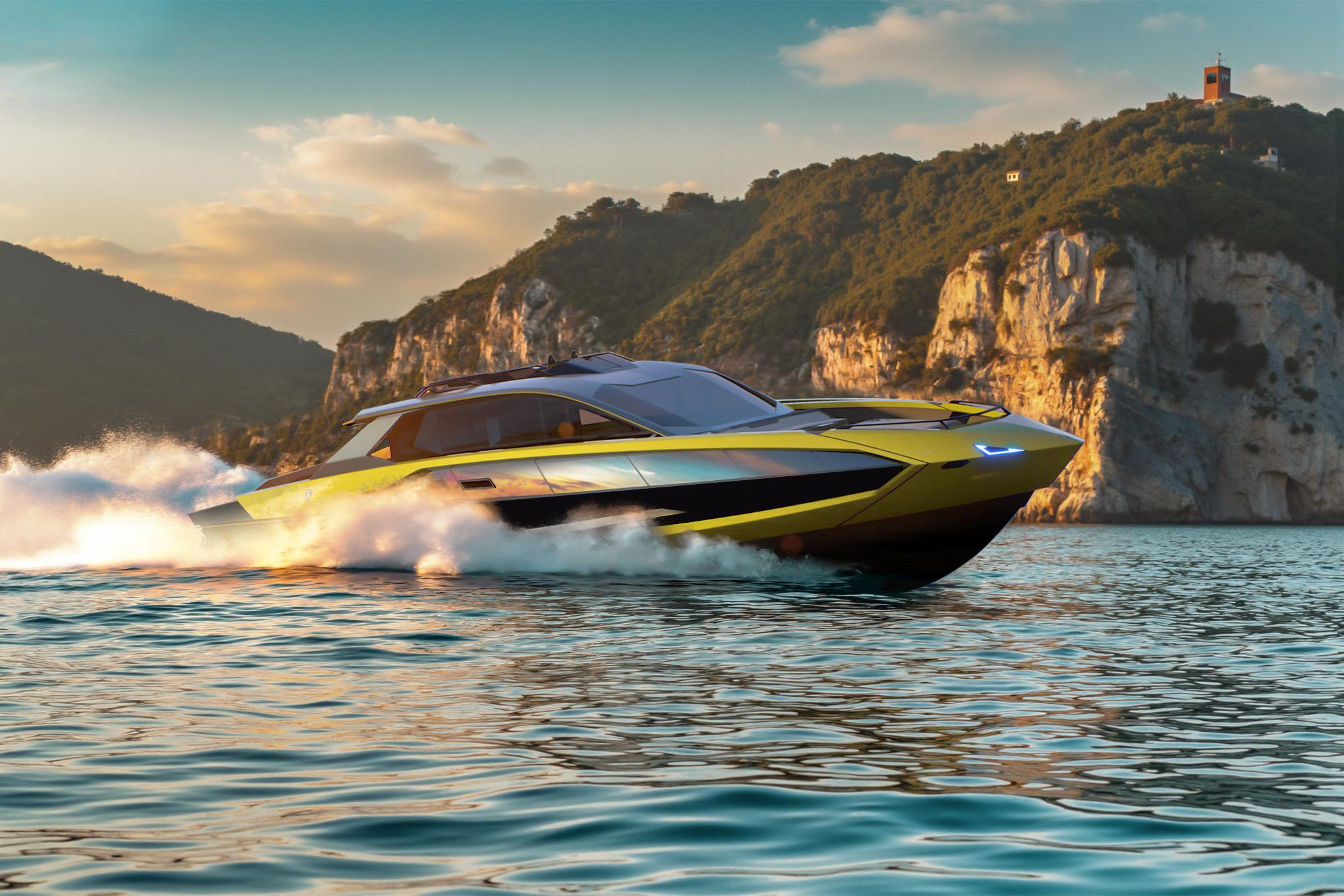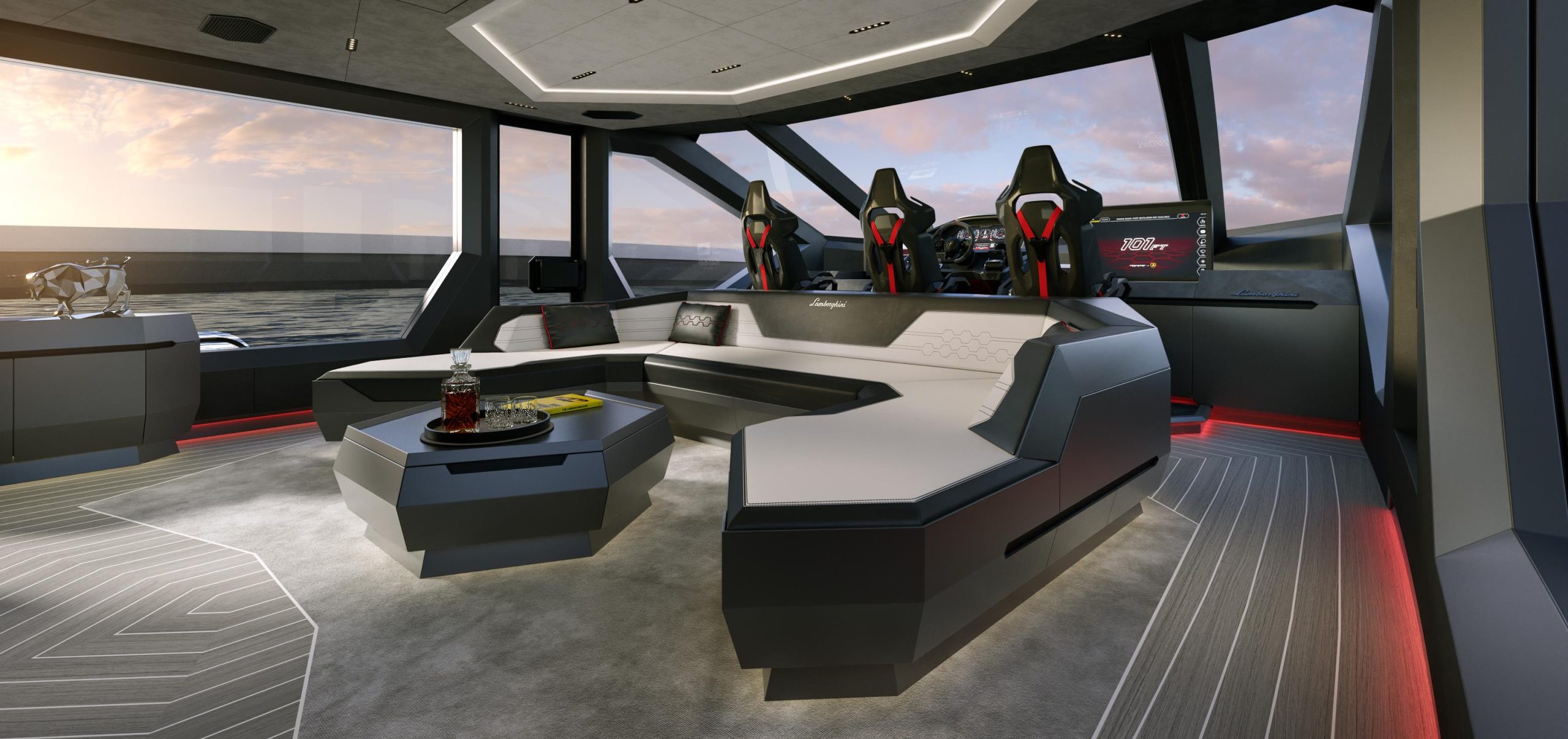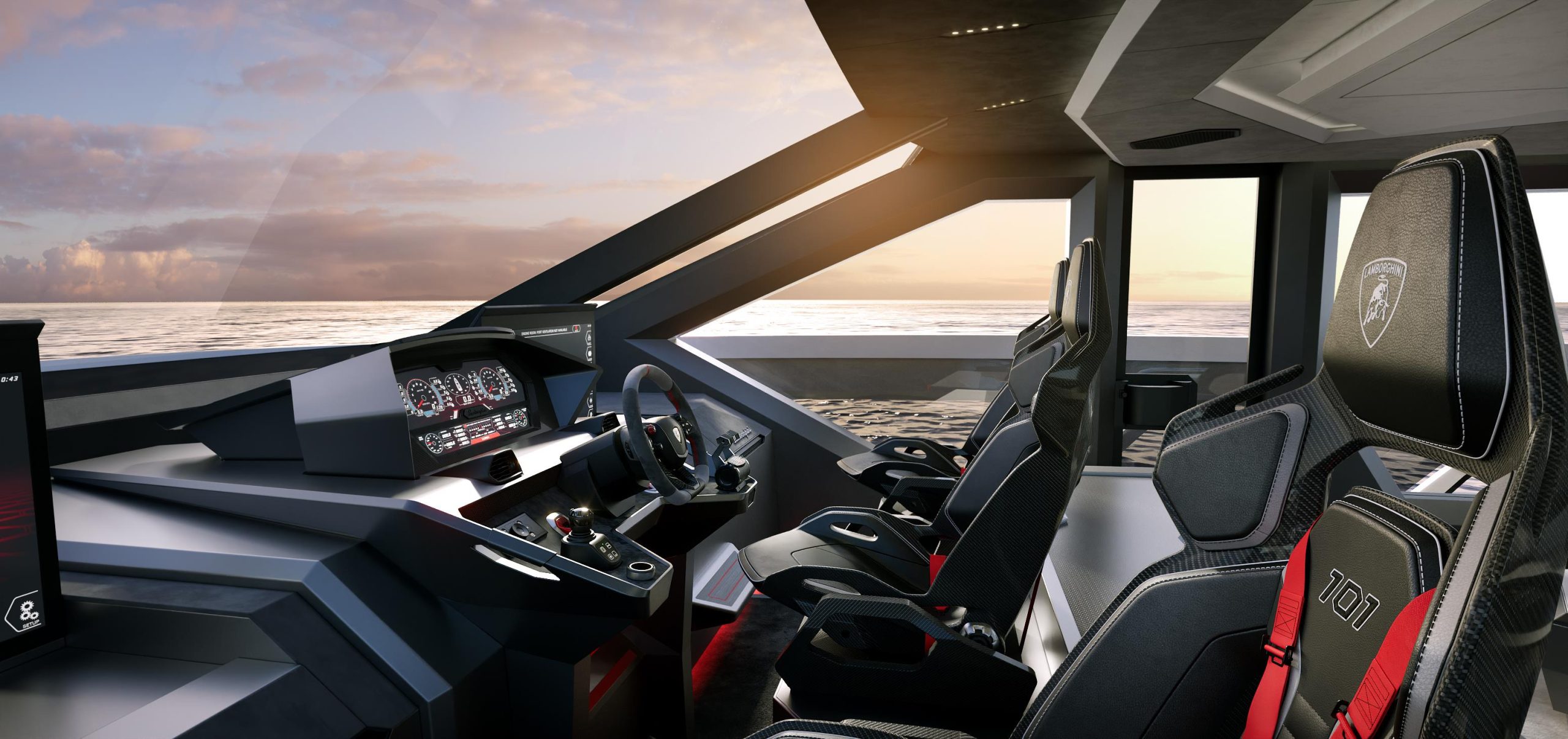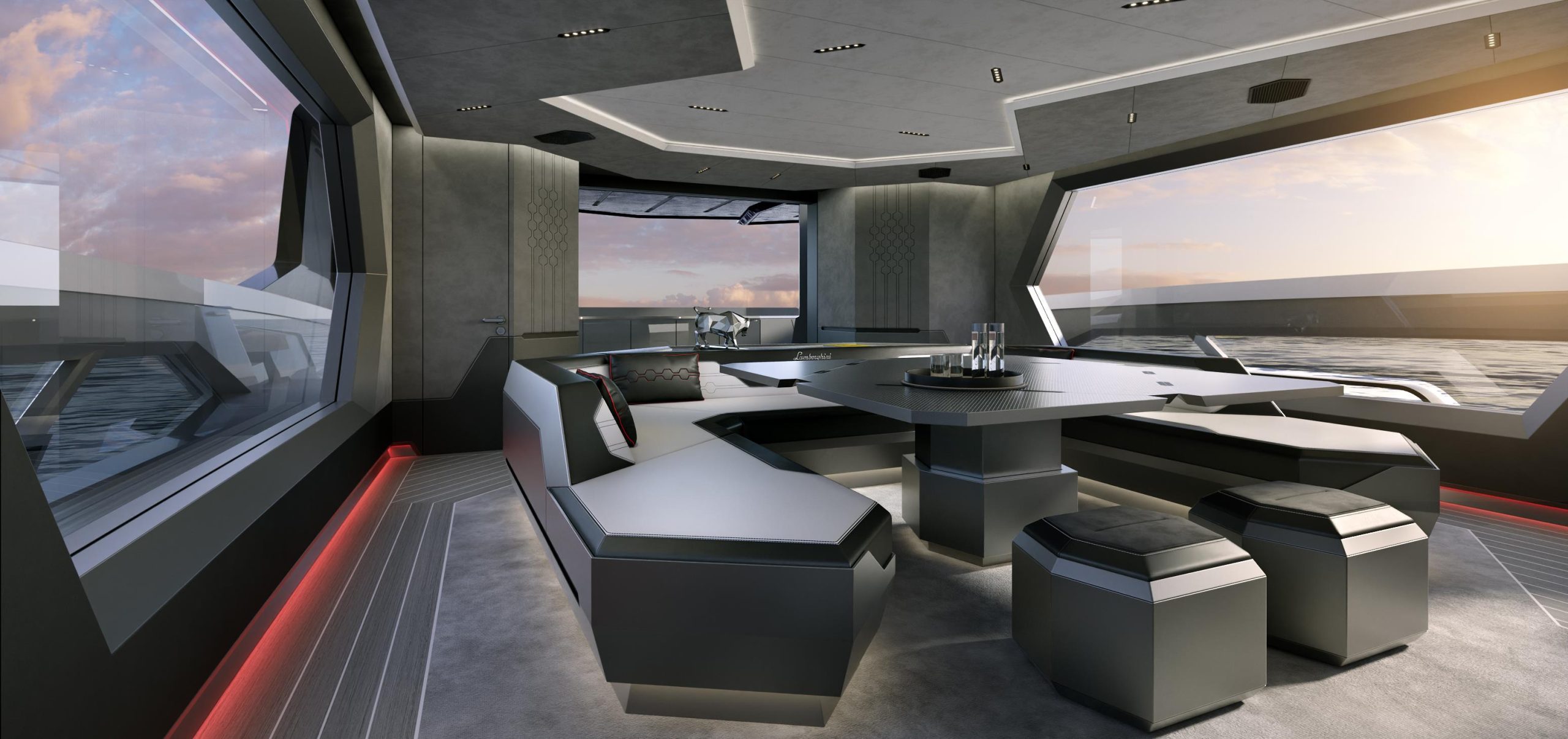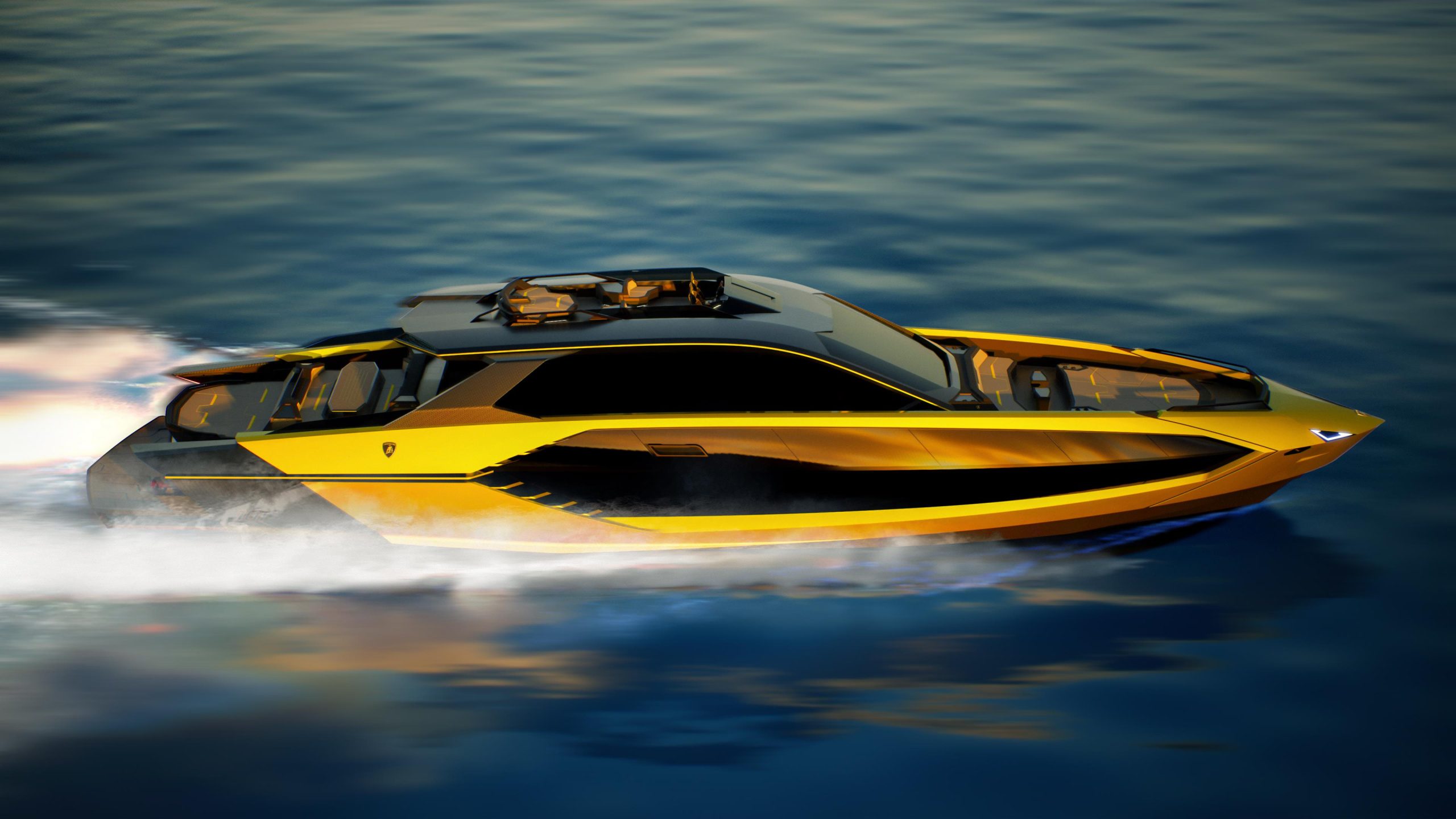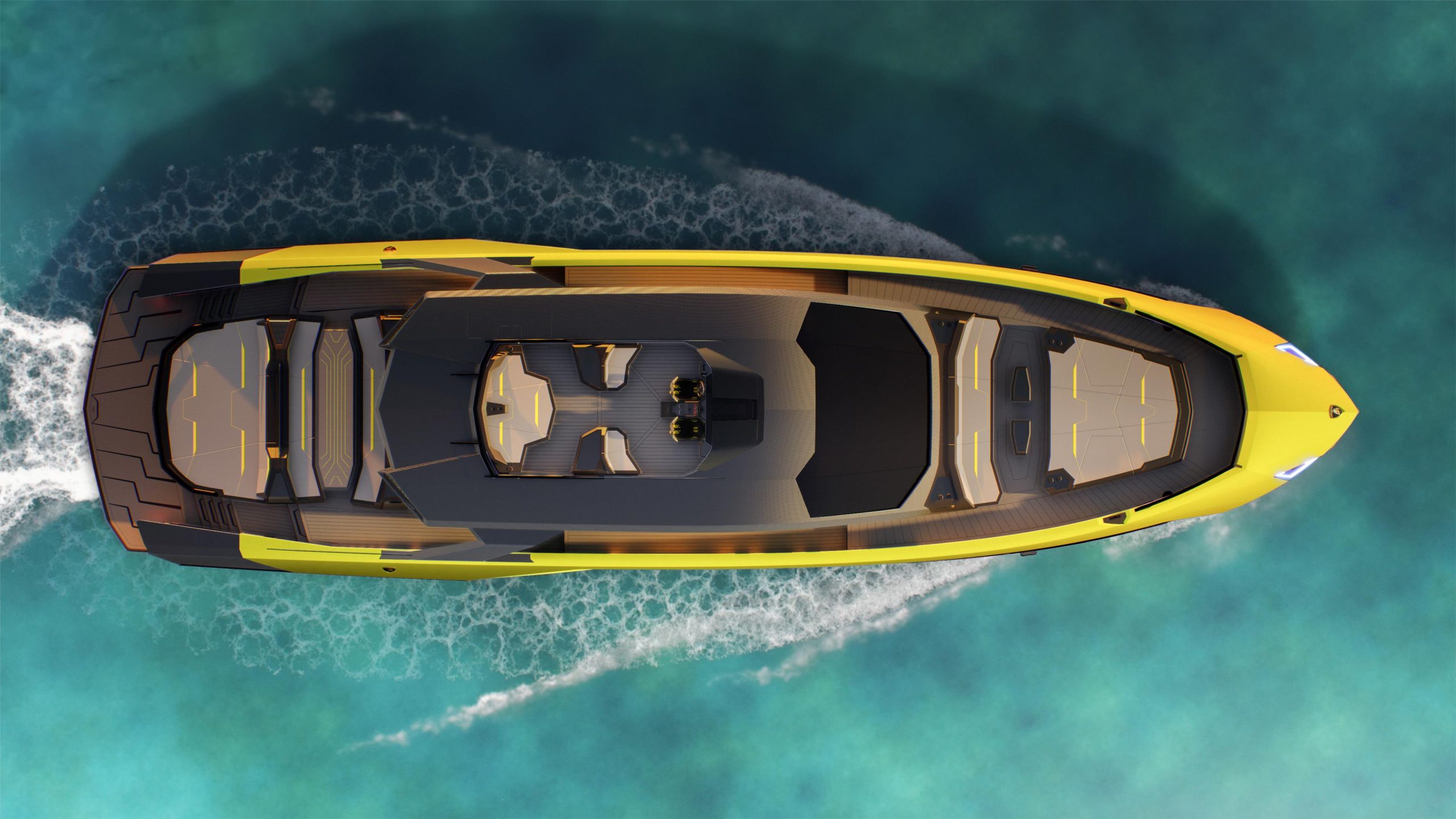‘Now It’s the Happiest Room in the House.’ Wallpaper Converts Share Their Stories.
Homeowners hesitate to install even undeniably gorgeous wallcoverings. Here, the stories of folks glad they conquered their wallpaper willies.
The idea of wallpaper elicits so much apprehension in homeowners, New York designer Francis Toumbakaris purposely uses the term “wallcovering” when speaking to clients about it. Yet decorating websites and media accounts teem with instances of the stuff. “It transforms a room and gives it personality,” said Casey Keasler, founder of design studio Casework, in Portland, Ore.
So what keeps folks from hanging the gorgeous material, and how do homeowners get over these wallpaper willies? Here, some case studies of conversions.
Hangup: It’s too pricey.
Budget concerns can hamstring homeowners. Home-services company Angi estimates that wallpaper can cost as much as $12 a square foot for labor and materials, while painting tops out at $6. “If the wall surface needs work beforehand, prices go up,” said Bethany Adams, an interior designer in Louisville, Ky. And Keasler notes that paper can cost as much as $400 a roll.
Antidote: Baby steps
New York designer Tara McCauley says homeowners can get more hang for their buck by using paper strategically. In an apartment in Brooklyn whose homeowners sweated the bottom line, she coated only the hallway with a dark-blue pattern inspired by Portuguese tiles. “It added so much impact,” McCauley said of the modest use. The designer adds that another way to save money is by hanging what she calls the gateway drug to wallpaper: patternless grass cloth. With no need to align a motif, the material goes up quickly and costs less to install, she says, “but it adds visual depth in a way plain paint never could.”
Hangup: I’ll get sick of it
A fear of commitment stops many would-be wall paperers, who worry about having a change of heart later. Erik Perez, a design publicist with his own firm in Los Angeles, campaigned hard for what he thought was the perfect old-Hollywood look for his and his husband’s dining room—a maximalist, leafy green wallpaper made famous by the mid-20th-century decoration of the Beverly Hills Hotel. His husband, Paul Hardoin, a voice-over actor, resisted. “Is it going to go out of style? Will I tire of it? Will it affect resale value?” he worried.
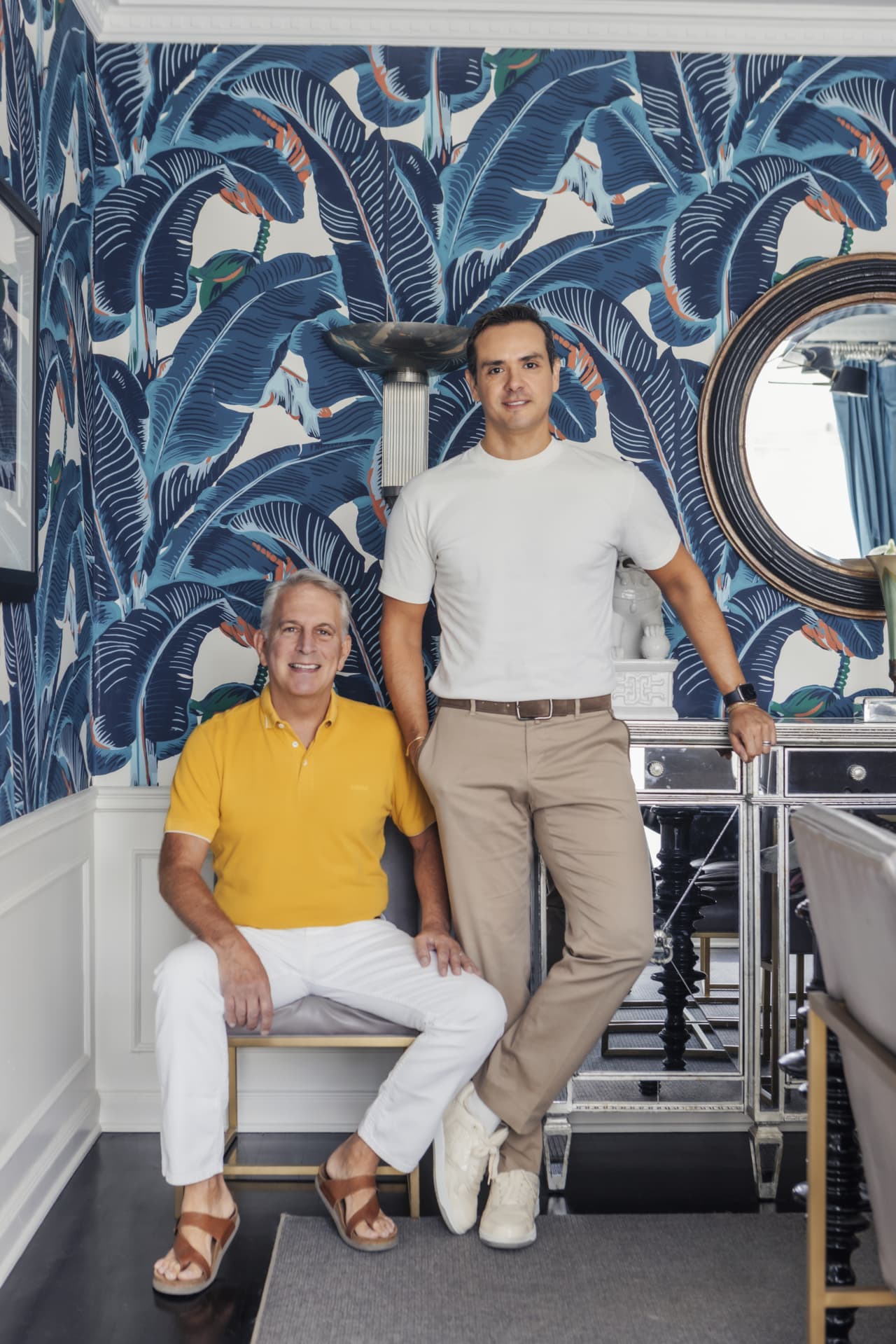
Antidote: Low-use spaces
Infrequently used rooms can carry a bold choice long-term. Of the Brooklyn hallway she wrapped in blue, McCauley noted, “It’s a pass-through, so you don’t get overwhelmed by a bold pattern.” Ditto powder and dining rooms, like that of Perez, who said, “We only used that room when we were entertaining and it was too cold to be outside.”
It took three years, but Hardoin caved when the banana-leaf pattern became available in blue. “I thought it looked cool,” Hardoin said. He took the leap, knowing his sister Annette Moran (a wallpaper enthusiast) would be their DIY installer. “Now it’s the happiest room in the house,” he said.
Hangup: It’s dated
When Sarah and Nate Simon bought a historic home in Louisville, Ky., the walls sported oppressively dark patterns, including big, repeating medallions set in a grid. Sarah recalls thinking, “ ‘Not this! What’s the opposite of this?’ In my mind that would be paint.” Even for folks who haven’t pulled down awful examples, “the word ‘wallpaper’ can take them back to flowery patterns of the ’50s and ’60s that feel very dated,” said Toumbakaris.
Antidote: Modernity
“Wallpaper does not mean what it used to. It can be meandering, abstract, ombre or sisal,” said Simon’s interior designer, Bethany Adams. She suggested a sophisticated Chinoiserie that New York designer Miles Redd, in a collaboration with Schumacher, updated with an aqua colorway. Adams explains that like most Chinoiseries, this pattern doesn’t repeat for more than 8 feet. “You get a peripatetic design that keeps the eye engaged,” she said. “It’s looser.” Said Simon of her dining room today, “It’s a complete transformation, like art on my walls.”
Stereotypes of fusty florals and pitiless patterns fall away when designers present homeowners with contemporary picks. Still, sometimes the conversion takes time. One of Keasler’s clients, gun-shy after removing old paper, came back a year later, ready. “We chose a clean classic style that was graphic and minimal for a modern edge in the bathroom,” said the designer.
 Copyright 2020, Dow Jones & Company, Inc. All Rights Reserved Worldwide. LEARN MORE
Copyright 2020, Dow Jones & Company, Inc. All Rights Reserved Worldwide. LEARN MORE
A divide has opened in the tech job market between those with artificial-intelligence skills and everyone else.
A 30-metre masterpiece unveiled in Monaco brings Lamborghini’s supercar drama to the high seas, powered by 7,600 horsepower and unmistakable Italian design.
A 30-metre masterpiece unveiled in Monaco brings Lamborghini’s supercar drama to the high seas, powered by 7,600 horsepower and unmistakable Italian design.
When Lamborghini takes to the water, subtlety isn’t on the agenda. Unveiled at the Monaco Yacht Show, the Tecnomar for Lamborghini 101FT is a 30-metre superyacht that fuses Italian automotive theatre with cutting-edge naval engineering.
The model builds on the collaboration that began in 2020 with the Tecnomar for Lamborghini 63, a sell-out success that celebrated the marque’s founding year.
This new flagship pushes the partnership between Automobili Lamborghini and The Italian Sea Group to a grander scale, designed to deliver the same adrenaline rush at sea that drivers expect behind the wheel.
“The Tecnomar for Lamborghini 101FT redefines the concept of nautical luxury,” said Stephan Winkelmann, Chairman and CEO of Automobili Lamborghini.
“It is not only a yacht, but an affirmation of Italian excellence. The Italian Sea Group and Automobili Lamborghini share an exclusive clientele who are passionate about beauty, technology, and extreme performance.”
Design cues are unmistakably Lamborghini. The yacht’s sharp exterior lines echo the Fenomeno supercar revealed at Monterey Car Week, complete with Giallo Crius launch livery and signature Y-shaped lighting.
Inside, the cockpit and lounges mirror the DNA of Sant’Agata supercars through hexagonal motifs, sculptural seating and dramatic contrasts. With accommodation for up to nine guests and three crew cabins, indulgence meets practicality on every deck.
Performance is equally uncompromising. Three MTU 16V 2000 M96L engines and triple surface propellers generate a combined 7,600 horsepower, driving the yacht to 45 knots at full throttle, with a cruising speed of 35 knots. Two 35 kW generators provide additional efficiency and reliability, ensuring the yacht’s power matches its presence.
Mitja Borkert, Lamborghini’s Design Director, said: “With the Tecnomar for Lamborghini 101FT, we aimed to create a product that embodies the main design characteristics of our super sports cars. All the details, from the exterior to the colour, to the interior areas, recall and are inspired by Lamborghini’s DNA.”
Presented in scale at Monaco, the definitive Tecnomar for Lamborghini 101FT is scheduled to hit the water at the end of 2027. For those who demand their indulgence measured not only in metres but in knots, this is Lamborghini’s most extravagant expression yet.
By improving sluggish performance or replacing a broken screen, you can make your old iPhone feel new agai
With two waterfronts, bushland surrounds and a $35 million price tag, this Belongil Beach retreat could become Byron’s most expensive home ever.









